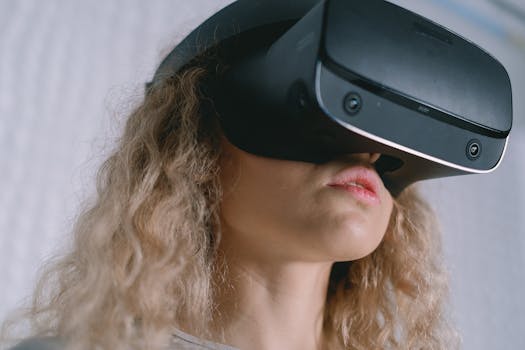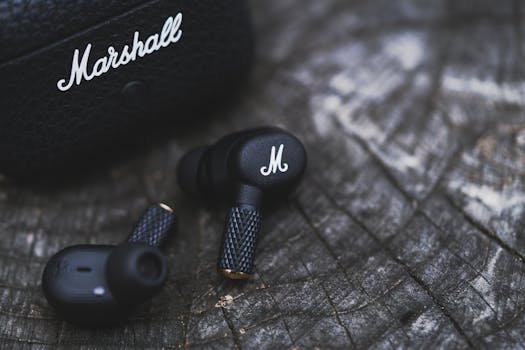Takeaways
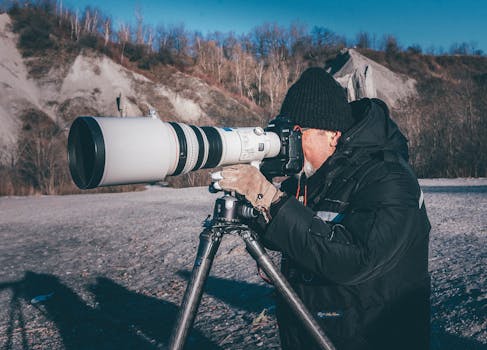
The Evolution of Digital Cameras
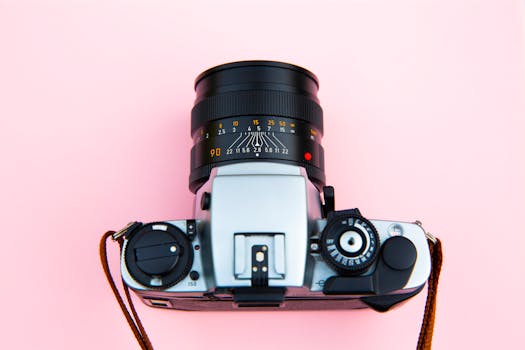
1. From Film to Digital: A Brief History
The transition from film to digital photography began in the 1990s, with early models offering low-resolution images and limited features. Over the years, advancements in sensors, processing power, and software have revolutionized the industry. The introduction of DSLRs and mirrorless cameras has further propelled digital photography into the mainstream.
2. Types of Digital Cameras Available
Today, photographers can choose from a range of digital cameras, including:
- DSLR Cameras: Known for their versatility and image quality, DSLRs remain a popular choice among enthusiasts and professionals.
- Mirrorless Cameras: These cameras offer a compact design while maintaining high performance, making them ideal for travel and street photography.
- Point-and-Shoot Cameras: Perfect for casual photographers, these cameras are easy to use and portable.
- Action Cameras: Designed for adventure, these rugged cameras capture high-quality images and videos in extreme conditions.
3. Key Features to Consider When Buying a Digital Camera
When shopping for a digital camera, consider the following features:
- Sensor Size: A larger sensor typically means better image quality, especially in low-light conditions.
- Megapixels: Higher megapixels can lead to more detailed images, but they are not the only factor in image quality.
- Autofocus System: Advanced autofocus systems can significantly enhance capturing fast-moving subjects.
- Video Capabilities: Many modern cameras offer 4K video recording; consider this if you plan to shoot video content.
Latest Digital Cameras on the Market

1. Canon EOS R5
The Canon EOS R5 has made waves with its impressive specifications, including a 45-megapixel full-frame sensor, 8K video recording, and advanced autofocus capabilities. It’s designed for both professional photographers and videographers looking for versatility and high performance in a single package.
2. Sony A7 IV
Sony’s A7 IV is another standout model, featuring a 33-megapixel sensor, improved autofocus, and enhanced connectivity options. It balances high-resolution stills with excellent video performance, making it a great choice for hybrid shooters.
3. Fujifilm X-T4
The Fujifilm X-T4 continues to impress with its retro design and powerful performance. It features in-body image stabilization, 4K video capabilities, and a 26-megapixel APS-C sensor. This camera is particularly popular among street and portrait photographers.
4. Nikon Z9
The Nikon Z9 is Nikon’s flagship mirrorless camera, featuring a 45.7-megapixel sensor, 8K video, and an impressive burst shooting rate. It’s tailored for professionals who require the highest quality and performance in challenging environments.
5. GoPro HERO10 Black
For action photography, the GoPro HERO10 Black offers ultra-high-definition video recording and exceptional stabilization features. Its compact and rugged design makes it perfect for capturing adventures in extreme conditions.
Comparing Features and Performance
When evaluating the latest digital cameras, it’s crucial to compare their features and performance in real-world scenarios. Factors such as autofocus speed, battery life, and usability play a significant role in a photographer’s experience.
1. Image Quality Comparison
Image quality can vary greatly between camera models, especially when comparing different sensor sizes and technologies. Cameras like the Canon EOS R5 and Sony A7 IV excel in producing high-quality images even in low-light situations, making them ideal for wedding and event photographers.
2. Video Capabilities
As video content becomes increasingly popular, the ability to shoot high-quality video is a critical consideration. Models like the Fujifilm X-T4 and Nikon Z9 offer exceptional video features, including 4K recording, various frame rates, and advanced color profiles for professional filmmakers.
3. Usability and Ergonomics
How a camera feels in your hands can significantly affect your shooting experience. DSLRs like the Canon EOS R5 often provide a more substantial grip, which many photographers prefer, while mirrorless options like the Sony A7 IV offer lighter and more compact designs for easier portability.
Conclusion
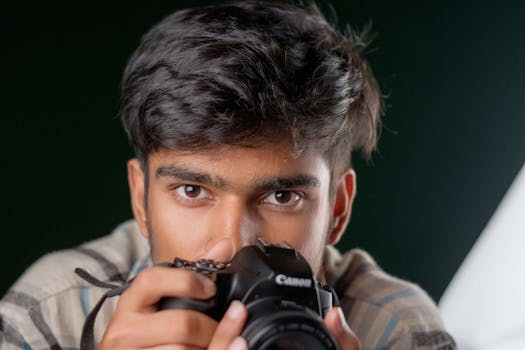
FAQs
1. What should I look for when buying a digital camera?
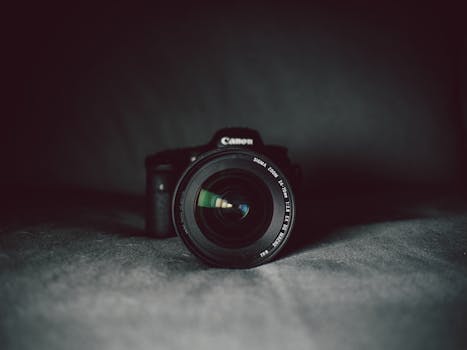
2. Are mirrorless cameras better than DSLRs?
Mirrorless cameras are generally lighter and more compact, with faster shooting speeds and advanced video options. However, DSLRs often provide better battery life and a more extensive selection of lenses.
3. How important is video capability in a digital camera?
Video capability is increasingly important for hybrid shooters who want to capture both high-quality photos and videos. Consider your primary focus when choosing a camera.
4. What is the difference between full-frame and crop sensors?
Full-frame sensors are larger and typically offer better image quality, especially in low light, while crop sensors are smaller, allowing for more compact camera designs and often lower prices.
5. Should I invest in an expensive camera as a beginner?
As a beginner, it’s often better to start with a more affordable camera to learn the basics of photography before making a significant investment in high-end equipment.


